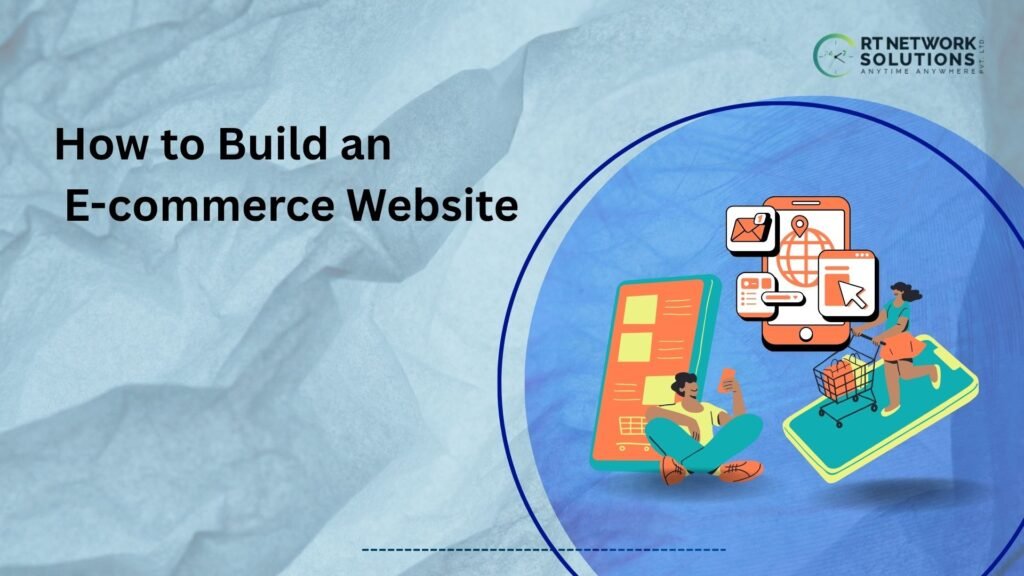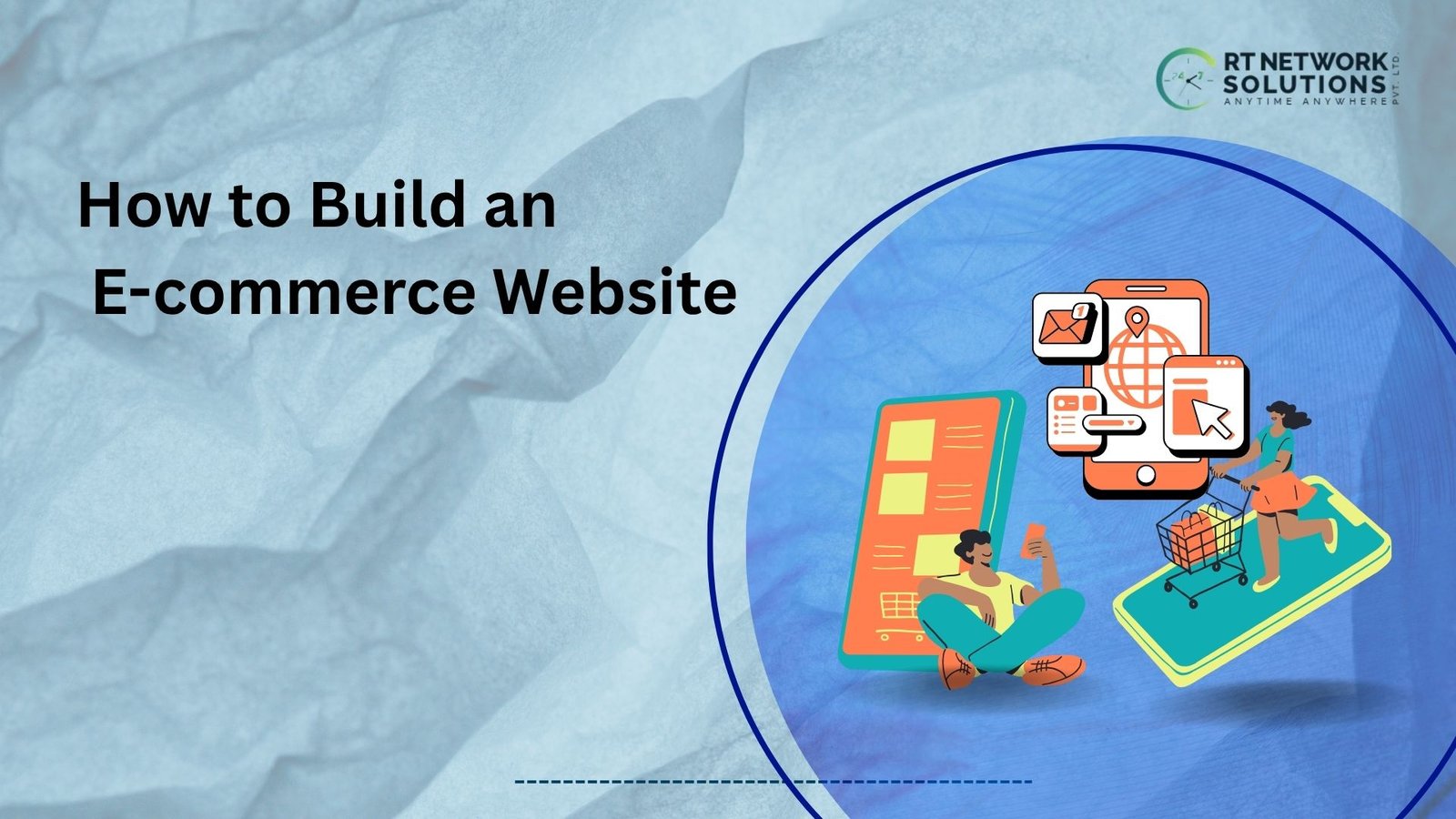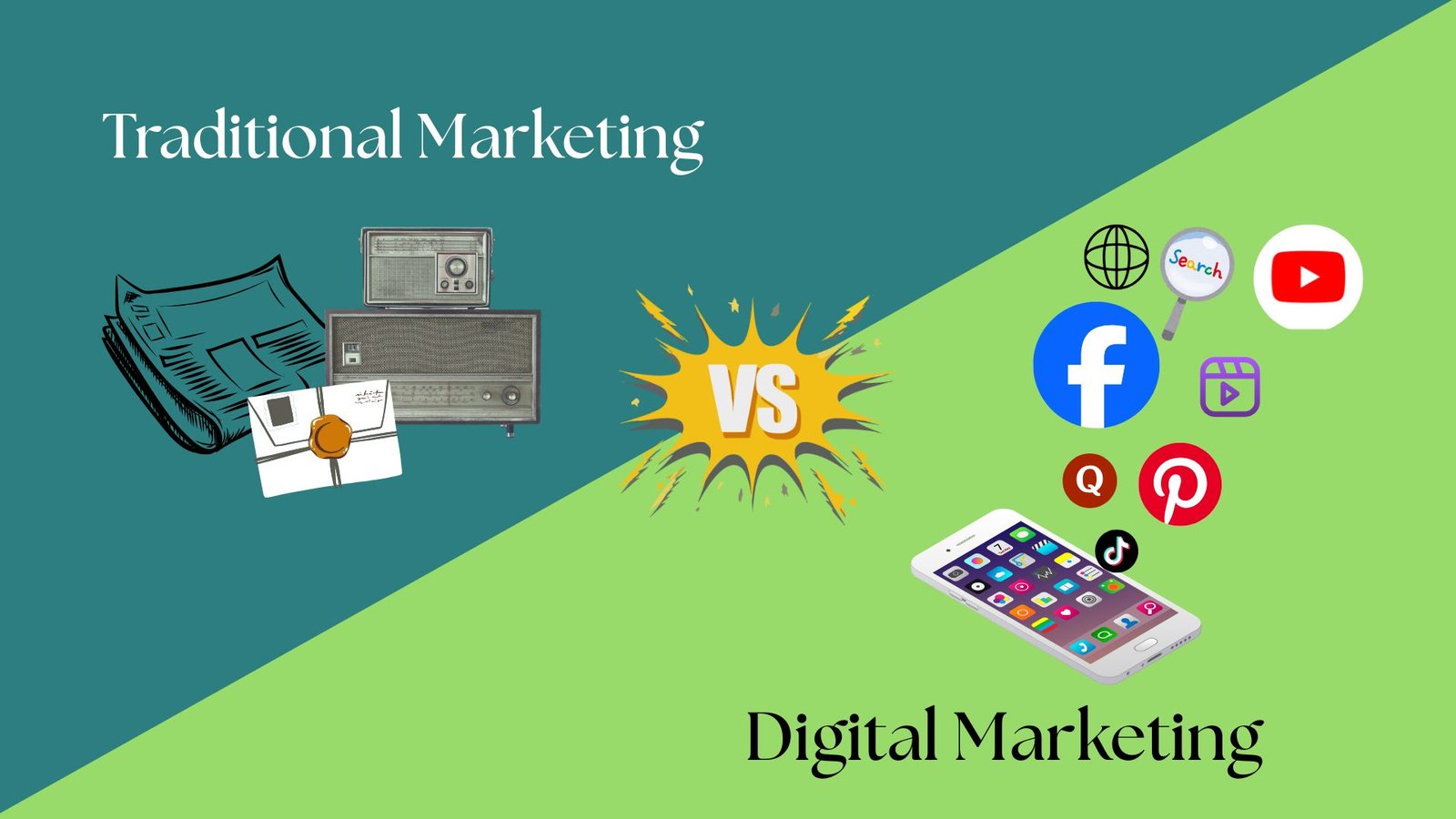The traditional brick-and –mortar stores are a thing of the past. Ecommerce businesses have websites that are like virtual stores and are growing at an exponential rate. These stores are just like a store you would visit in real life, but in this case you don’t have to drive all the way to the store since it is available in the palm of your hands. If you are thinking about what are the features of e commerce it can help a business take off not just locally but globally.
However, to do so an ecommerce site must reflect the tone and voice of the brand. It is crucial as a well-designed ecommerce website displays product offerings and brand identity, and can be linked to various social media platforms and digital content further promoting a brand and drawing organic traffic to the site.
So, people interested in building a responsive ecommerce site for their business can explore the ways mentioned in this article to design one that best suits their products. Let’s dive right in!
How to build an e-commerce website
1. Research your target audience
Start your ecommerce journey by studying a bit about the roadmap of ecommerce in India. It will help you understand how and why ecommerce came into prominence and will also help you understand the fundamentals of an ecommerce brand.
Now, this brings us to one of the most significant aspects of building an ecommerce site- knowing your audience. Understand which segment of the population you want to have visit your website. Once you have that covered, you need to ask yourself what do they need and how do they shop online. Match this with an understanding of your product range and business objectives and use this as a guide to build an ecommerce site that truly connects with your visitors.
2. Choose the right platform
Building a site from the ground up? You can either host it yourself or have an ecommerce web development or builder do it for you. While independently hosting a site gives you full control, it is often a tedious process and expensive. You will need to handle website development, maintenance, and site security. If you are not too tech savvy, you will most certainly have to hire a professional or choose a hosting plan.
As an alternative to that, you can opt for a cloud-based platform that will make your store setup easy. Select a platform that has a user-friendly website builder, tools for managing the various aspects of your business that range from marketing and sales, to inventory management and fulfilment. Choose a site builder that offers ecommerce features such as mobile-friendly and responsive design, security, reliability, back-office tools, multichannel selling capabilities, and AI site chat capabilities.
3. Design your ecommerce site
Your ecommerce store is the face of your brand, so you better get it made right from the start. Start by choosing the right design and template as they help reinforce your brand image and guide users with better navigation. For this, you need to choose a theme that aligns with the merchandise category you’re selling such as fashion, food, fitness, or furniture, etc.
After picking a template, you can customise your theme through the platform’s editor. Moreover, you need to think about a number of design features and add more webpages after the product page. Also, it is best if you upload your own product images, select font and colours that reflect your branding, and add the most important information and signage just like you would for your physical store.
Next, highlight your bestselling products and special offers on your homepage, and even embed posts from your Instagram or Facebook feeds, and add reviews that show potential customers that your store is genuine.
Finally, keep your navigation simple and effective as your users should be able to find any product they wish to find within 3 clicks or less. You can achieve this by adding site search or filters to your webpages to make the finding process quick. Moreover, choose a shopping cart that is easy for your customers to use and designed to sell.
4. Create and optimise product pages
Don’t rush while creating your product pages as they are an essential part of e-commerce requirements. Getting them right not only promotes sales, but also increases cross-sells that may lead to bigger purchases. Your product pages must include product names, images, product descriptions, shipping and return information, product reviews, cross-selling, and upselling opportunities.
5. Set up payments
With the various payment options available these days, customers expect secure payment gateways and multiple payment options such as credit or debit cards, UPI, digital wallets, cash on delivery, etc.
Also, your ecommerce site must offer prompts at various stages of the shopping process to ensure conversions take place quickly.
6. Shipping and delivery
An easy-to-use payment gateway helps facilitate conversions, but an excellent shipping and delivery experience convinces customers to come back, enhancing customer retention. Make sure your shipping and delivery method offers free shipping, flat rate, variable fee, etc. Furthermore, will you be offering domestic or international shipping, and which shipping platforms, carriers, and third-party logistics will you use.
7. Choose, register and connect your domain name
After fulfilling the basic requirements of e commerce site, you have to connect with an existing domain or create a new one. Keep it as close to your e-commerce brand as this is what users will type on their browser as it is your web address. Also, opting for popular domain extensions such as .com or .net help add credibility to your site.
After you have successfully setup your site with all necessary ecommerce features, you need to test it thoroughly. Preview your site to see what it looks like to a visitor, test it across mobile, tablet, and desktop to check its responsiveness. Once you’re absolutely satisfied, take it live and begin promoting your website across third-party marketplaces and social media. Building a website with all ecommerce requirements in check is one thing, but the world needs to know of your site as well. So, leave no stone unturned in its promotion and soon you will begin seeing your site gaining traction like no one’s business!





